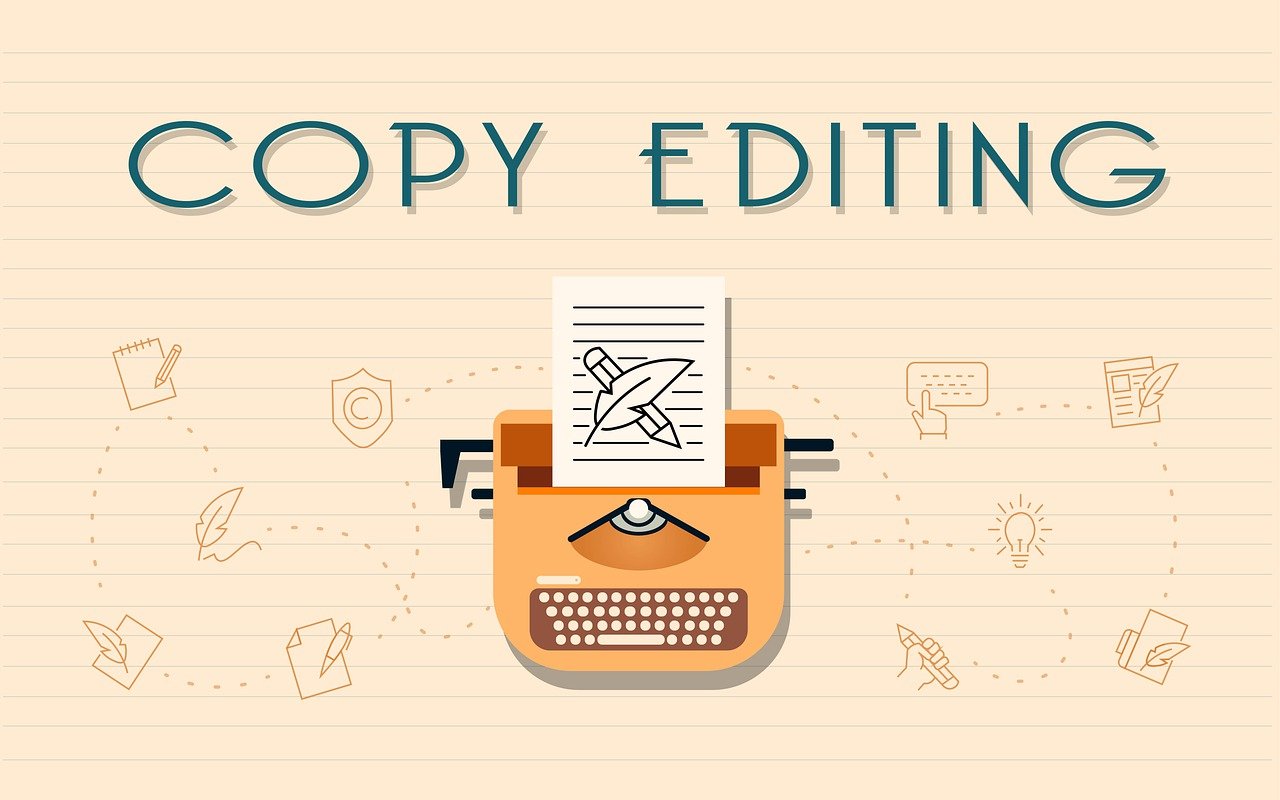The Role of Emotional Triggers in Effective Copywriting

What Are Emotional Triggers in Copywriting?
Emotional triggers are psychological stimuli that provoke an emotional response in the reader, leading them to take a desired action. Copywriters leverage different types of emotional triggers to make their content more persuasive and memorable. By tapping into the audience’s specific emotions, such as fear, desire, trust, and curiosity, copywriters can create copy that resonates deeply and compels the reader to engage with the message.
Emotional triggers work by activating the limbic system in the brain, which is responsible for processing emotions. When readers experience an emotional response to the copy, it creates a stronger mental and physiological connection, making the message more impactful and memorable. This, in turn, increases the likelihood of the desired action being taken, whether that’s making a purchase, signing up for a service, or sharing the content with others.
Understanding Your Audience
Before selecting the right emotional triggers, it’s crucial for copywriters to deeply understand their target audience. Key questions to consider include:
- What are their primary concerns and pain points?
- What emotions motivate them to take action?
- What are their desires, aspirations, and goals?
- What builds trust and credibility in their eyes?
- What are their demographics, interests, and behavioral patterns?
Answering these questions will help copywriters identify the emotional triggers that will be most effective in influencing their audience’s behavior. It’s important to note that different audiences may respond better to different emotional triggers, so it’s essential to tailor the approach accordingly.
Types of Emotional Triggers
Some of the most common emotional triggers used in copywriting include:
- Fear: Motivates action by presenting risks or challenges that the audience wants to avoid. This could include fears about personal safety, financial security, or social status.
- Desire: Appeals to the audience’s wants and needs, often related to status, success, or self-improvement. Desire-based triggers tap into the audience’s aspirations and dreams.
- Trust: Builds credibility and convinces the audience to take action by making them feel secure and confident. This could involve using social proof, testimonials, or highlighting the brand’s reliability and expertise.
- Curiosity: Piques the audience’s interest and encourages them to explore further or learn more. Curiosity-driven triggers often use cliffhangers, mystery, or the promise of exclusive or insider information.
- Anger/Outrage: Taps into the audience’s sense of injustice or frustration with a particular issue, motivating them to take action or support a cause.
- Joy/Happiness: Evokes positive emotions and a sense of reward, often by highlighting the benefits or feel-good aspects of a product or service.
Copywriters must carefully consider which emotional triggers will resonate most with their target audience and align with the desired action or outcome.
Using Emotional Triggers Effectively in Your Copy

Integrating emotional triggers into copywriting can significantly enhance the impact and effectiveness of the content. Here are some strategies for using emotional triggers effectively:
Fear-Based Copywriting Techniques
When using fear-based emotional triggers, it’s important to strike a delicate balance. Copywriters should clearly present the problem or risk, and then immediately offer a solution or remedy. This helps the audience feel that their concerns are being addressed and that there is a way to mitigate the perceived threat.
Powerful fear-based trigger words include “caution,” “warning,” “limited,” “last chance,” “urgent,” and “critical.” These words create a sense of urgency and heighten the audience’s perception of risk, motivating them to take action.
For example, a fear-based copywriting approach for a cybersecurity product might highlight the growing threat of data breaches and identity theft, while immediately offering a comprehensive security solution to protect the audience’s personal and financial information.
Desire-Driven Copywriting
Evoking desire in the audience can be a highly effective emotional trigger. Copywriters should craft content that taps into the audience’s aspirations, dreams, and cravings. This could involve highlighting the benefits of a product or service in a way that aligns with the audience’s desired lifestyle, status, or self-image.
Trigger words that evoke desire include “exclusive,” “luxury,” “premium,” “breakthrough,” “dream,” and “success.” These words create a sense of scarcity, exclusivity, or achievement, appealing to the audience’s innate desire for personal growth and advancement.
For example, a desire-based copywriting approach for a high-end skincare product might emphasize the luxurious, transformative experience of using the product, promising the audience a youthful, radiant complexion that will make them feel confident and beautiful.
Building Trust Through Emotional Copy
Establishing trust is essential for convincing the audience to take action. Copywriters can build trust through emotional triggers that highlight reliability, safety, and social proof, such as testimonials, user reviews, and industry accolades.
Trigger words that evoke trust include “proven,” “guaranteed,” “trusted,” “recommended,” and “endorsed.” These words create a sense of confidence and security, reassuring the audience that the product or service is a reliable and trustworthy solution.
For example, a trust-based copywriting approach for a financial planning service might feature glowing testimonials from satisfied clients, emphasizing the firm’s track record of success and the personal attention they provide to each customer.
Curiosity-Driven Copywriting
Piquing the audience’s curiosity can be a powerful emotional trigger, encouraging them to learn more or explore the content further. Copywriters can use curiosity-driven triggers to create a sense of mystery, intrigue, or the promise of exclusive or insider information.
Trigger words that evoke curiosity include “secret,” “behind-the-scenes,” “insider,” “limited,” and “sneak peek.” These words create a sense of scarcity and the feeling that the audience is gaining access to something special or exclusive.
For example, a curiosity-based copywriting approach for a new product launch might tease the audience with a “sneak peek” at the features and benefits, while withholding some key details to encourage further exploration and engagement.
The Role of Storytelling in Emotional Copywriting

Incorporating storytelling elements into copywriting can significantly enhance the emotional impact of the content. By creating relatable narratives, copywriters can make their message more memorable and forge a deeper connection with the audience.
Elements of a Strong Emotional Story
Some key elements that can elevate the emotional impact of a story include:
- Relatable characters: Introducing characters that the audience can empathize with and connect with on a personal level.
- Real-world scenarios: Depicting situations and experiences that resonate with the audience’s own lives and challenges.
- Emotional arc: Crafting a narrative that takes the reader on a journey, evoking a range of emotions throughout the story.
- Vivid sensory details: Incorporating descriptive details that engage the audience’s senses and make the story more immersive.
- Dramatic tension: Introducing obstacles or conflicts that create a sense of suspense and drive the story forward.
When combined with strategic emotional triggers, storytelling can be a powerful tool for creating compelling, action-oriented copy. By tapping into the audience’s emotions through the narrative, copywriters can create a deeper, more lasting impact that motivates the desired behavior.
The Science Behind Emotional Triggers
The power of emotional triggers in copywriting is rooted in the science of decision-making and consumer behavior. Research shows that emotions play a crucial role in how people make choices, often overriding logical reasoning.
Emotional Decision-Making in Consumers
| Emotional Trigger | Impact on Consumer Behavior |
|---|---|
| Fear | Leads to a sense of urgency and a desire to mitigate risk |
| Desire | Drives impulsive and indulgent purchasing decisions |
| Trust | Builds brand loyalty and long-term customer relationships |
| Curiosity | Encourages exploration and engagement with the content |
| Anger/Outrage | Motivates action to address a perceived injustice or problem |
| Joy/Happiness | Reinforces positive associations with a product or service |
By understanding the psychological principles behind emotional triggers, copywriters can leverage this knowledge to craft more effective, persuasive content. They can tailor their messaging to tap into the specific emotions that are most likely to resonate with their target audience and drive the desired action.
The Impact of Emotional Triggers in Copywriting
The strategic use of emotional triggers in copywriting can have a significant impact on the effectiveness and performance of the content. Some of the key benefits of incorporating emotional triggers include:
- Increased Engagement: Emotional triggers capture the audience’s attention and keep them engaged with the content, making it more memorable and impactful.
- Higher Conversion Rates: By tapping into the audience’s emotions, copywriters can create a stronger connection and motivate them to take the desired action, such as making a purchase or signing up for a service.
- Improved Brand Recall: Emotional copy that resonates with the audience helps to strengthen the brand’s image and make it more memorable, leading to increased brand recognition and loyalty.
- Deeper Audience Connection: Emotional triggers foster a deeper, more personal connection between the brand and the audience, creating a sense of trust and loyalty that can lead to long-term customer relationships.
- Competitive Advantage: Effective use of emotional triggers in copywriting can help brands stand out in a crowded marketplace, providing a strategic advantage over competitors who rely more on logical, feature-based messaging.
By continuously testing and refining their use of emotional triggers, copywriters can optimize the impact of their content and achieve better results for their clients or their own marketing efforts.
Conclusion
Emotional triggers are a powerful tool in the copywriter’s arsenal, enabling them to create content that resonates deeply with the audience and drives desired actions. By understanding the different types of emotional triggers, tailoring them to the target audience, and incorporating storytelling elements, copywriters can craft copy that is both memorable and persuasive.
As the science behind emotional decision-making continues to evolve, savvy copywriters should stay informed and experiment with various emotional triggers to optimize the impact of their work. By leveraging the power of emotions, copywriters can create content that not only informs and educates but also inspires and motivates the audience to take the desired action.
Whether it’s driving sales, increasing brand awareness, or fostering customer loyalty, the strategic use of emotional triggers in copywriting can be a game-changer for businesses and marketers. By mastering this skill, copywriters can elevate their craft and deliver exceptional results for their clients or their own marketing efforts.
